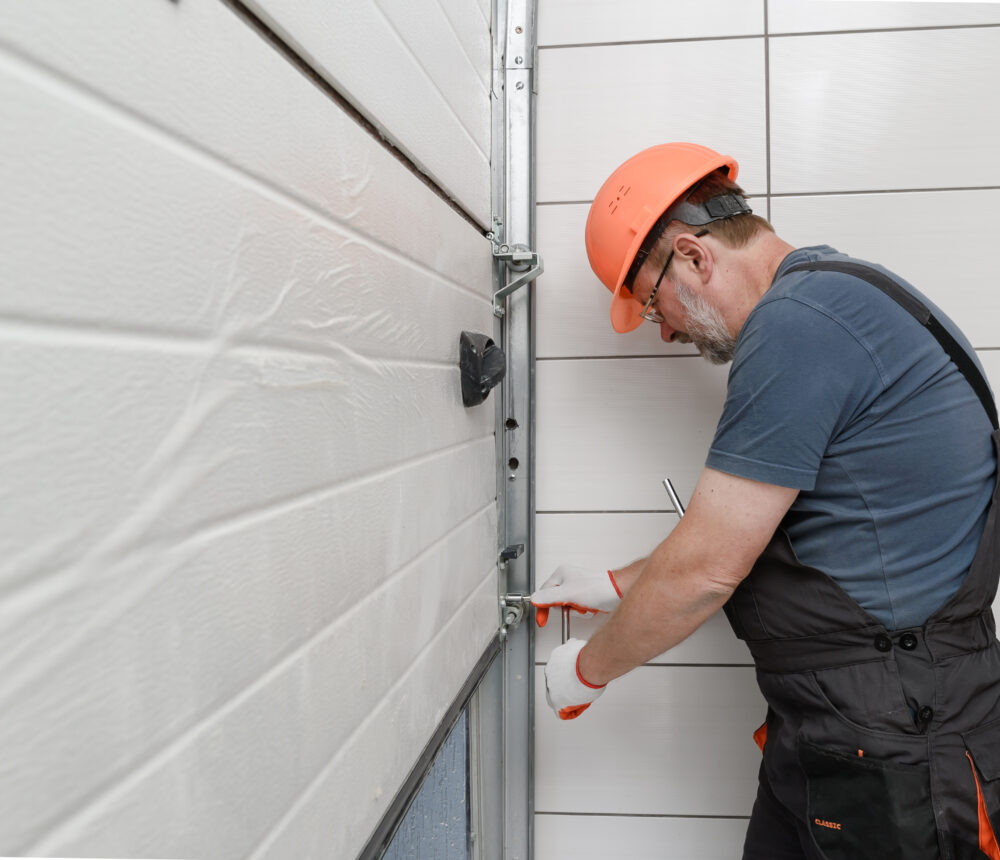Insulating a garage door is a step that can often be overlooked in the grand scheme of home improvement. However, the benefits it offers are far from marginal.
Proper insulation not only helps in maintaining a stable temperature within your garage, thereby increasing energy efficiency and potentially lowering heating costs, but it also contributes to the overall comfort of your home.
Furthermore, it can improve noise reduction and increase the strength of the door.
When considering insulation, one must choose a material that is compatible with the garage door itself and suitable for the climate they reside in.
Materials Needed
Before diving into the task, it’s crucial to gather all necessary tools and materials.
You will require a measuring tape to get accurate dimensions of your garage door panels, a choice of insulation material which could be anything from foil-backed foam to rigid foam boards or batt insulation, a strong adhesive or retainer clips for fixing the material to the door, a sharp utility knife for cutting the insulation to size, and protective gloves to safeguard your hands during the installation process.
These materials can all be found at your local DIY store or ordered online.
Step-by-Step Guide
- Choosing the Right Insulation: When selecting insulation for your garage door, consider the R-value, which is a measure of thermal resistance. Higher R-values indicate better insulating properties. Materials such as polyethene foam, fibreglass batts, or reflective foil are common choices, each with its own benefits. Reflective foil, for example, is excellent for reflecting heat, making it ideal for warmer climates, whereas fibreglass batts are better suited for colder areas. Take into account the thickness of the insulation as well, as some garage doors may have limited space for installation.
- Measuring Your Garage Door: Measuring the panels is a critical step that should be approached with diligence. Use a measuring tape to get the height and width of each panel within the door, noting that sizes may vary slightly. It’s recommended to measure twice to ensure accuracy. The insulation will need to fit snugly within these panels to be effective, so precision here cannot be overstated.
- Preparing the Door Surface: A clean surface is paramount for the adhesive to work properly when installing the insulation. Wipe down each panel with a damp cloth to remove dust and debris. If your door is metal and shows signs of rust, lightly sand the affected areas before cleaning. Allow the door to dry completely before proceeding. Should there be old insulation, remove it carefully and make sure no remnants are left behind.
- Cutting the Insulation to Size: Once you have your measurements, lay the insulation material on a flat surface and mark out the sizes needed, then carefully cut the material using a utility knife. Remember to cut the insulation slightly larger than the measurement, as it’s easier to trim the excess later on. Be cautious when handling the knife and insulation material, especially fibreglass, as it can irritate the skin.
- Fitting the Insulation: Begin fitting the insulation into each panel, ensuring it sits flat against the door. For metal doors, you might use adhesive tapes or retainer clips, while wooden doors may allow for staples or nails. Press firmly to secure the insulation, but take care not to compress it too much, as this can reduce its insulating effectiveness.
- Securing the Insulation: After placing the insulation, it’s important to make certain it stays in place. Adhesives should be given adequate time to bond before testing the door’s operation. If using mechanical fasteners, ensure they are tightly secured and do not protrude, as this could interfere with the movement of the door or damage the insulation.
Conclusion
Reflecting on the outlined process, insulating a garage door may seem straightforward, yet it demands precision, patience, and a degree of handiness.
The advantages of a well-insulated garage door are substantial, but the application is just as crucial as the material chosen.
Imperfect installation can lead to gaps, reduced efficiency, and ultimately, frustration. This is why, despite the allure of DIY projects, hiring a professional is often the wisest course of action.
A professional will ensure that the job is done swiftly and accurately, guaranteeing that the insulation is effective and thereby providing peace of mind.
Their expertise can often save you time and money in the long run, as any errors in DIY installation can result in additional costs and reduced benefits.
When it comes to insulating your garage door, it might be prudent to invest in professional services to ensure that it is a job well done.

